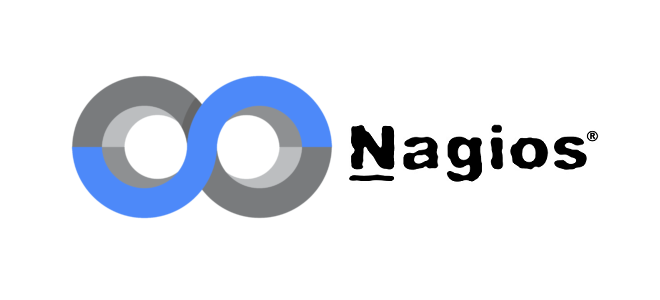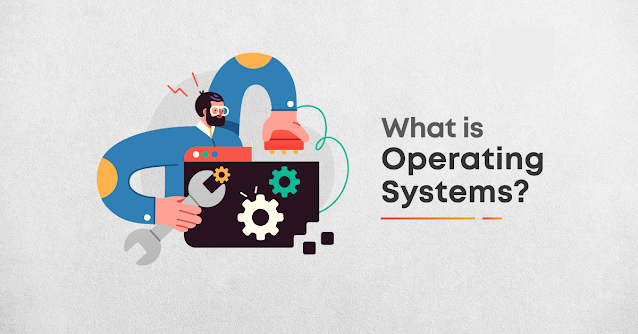What is Nagios?
Nagios manages the whole IT infrastructure to make sure systems, services, applications, and business procedures are working correctly. It's an open source tracking system to track small to a enterprise computer system. It's possible to track servers, switches, programs, and providers from Nagios. Nagios notify if there's a issue, after solving the issue Nagios sends a notification. You are able to be given a notification through email, SMS or telephone calls.
Nagios offers assistance to a administrator for discovering problems (email address failure, hard disk overload, network support ) prior utilizes.
How can Nagios work?
Nagios runs on a host in which the plug is set up and begins running automatically. They contact the hosts/ host in your network and provide the status message in two distinct manners. One is a net interface and alternative is SMS and email. Nagios functions as a scheduler and conducts chosen scripts following a repeated time period. When demand changes, the preceding script is going to be saved and fresh scripts will be conducted based on needs.
In a nutshell, the functioning of Nagios relies on plug-ins that provide the support status of host, application or infrastructure problems.
What's constant observation?
When the program becomes more active, the part of constant observation comes into presence. The procedure is all about caring for business infrastructure and react immediately when error finds. The procedure, static analysis that's in charge of detecting, reporting or reacting the log however, the analysis isn't much accurate. However, with constant tracking, you can do and react to every one of those tasks in the ideal way.
The approach is done on the constant (continuing ) foundation that reports immediately about the dangers which may be confronted by an organization because of its inadequate infrastructure. It's possible to assess the actions of networks and information analytics report whenever required.
From the preceding figure, there isn't any limit to some DevOps life cycle, and that's the main reason behind this infinity symbol. It's about the capability of an organization to discover, report, react, contain and mitigate the assault which happens, in its own infrastructure.
Why is constant monitoring useful?
Constant monitoring finds system malfunction before they happen. Error impacts on company productivity. Following attributes explain why constant monitoring is helpful: Complete IT infrastructure and business process can be track in one pass only. It monitors service accessibility and safety. Issues could be repaired automatically the moment they happen. Key Idea Colored are theory, green to get fine , yellow for warning and red for crucial No functionality evaluation or screen Internet interface and alarms Various possibilities for distant test Assess using plugin
Characteristics of Nagios
Monitor server tools such as a disk , memory, chip , etc.. You are able to set up Nagios in a dispersed manner should you need to get a tracking system in numerous places. You may set it to send SMS, email and even voice telephone whenever there's an issue from the system . Nagios installs a internet portal where you are able to see current network status. Parallelized service verified.



Comments
Post a Comment